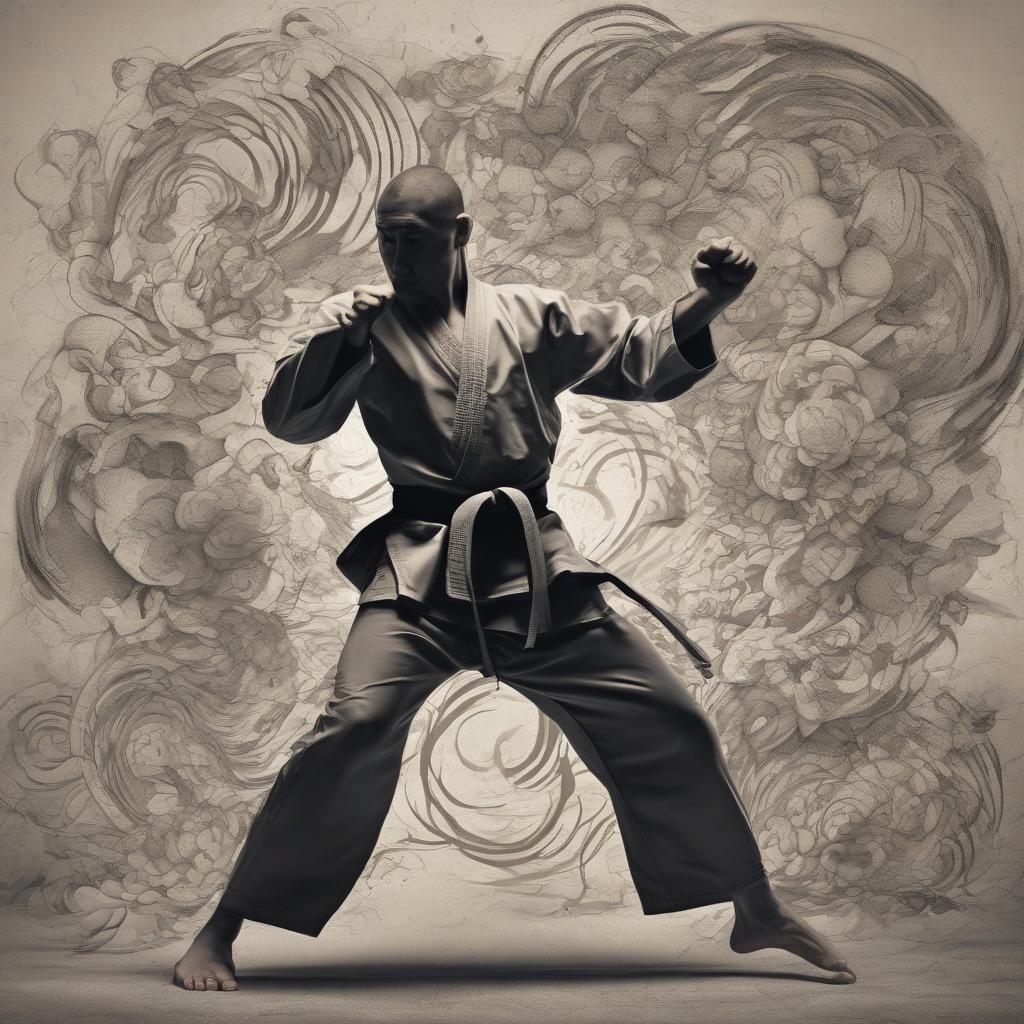Fighting. It’s something we’ve all seen, maybe even experienced in some form or another. It crops up in movies, in sports, sometimes in our own lives. The word itself can conjure a multitude of images and emotions—boxers in a ring, soldiers on a battlefield, siblings squabbling over toys. It’s a topic that’s as old as time and as complex as human nature itself.
The Many Faces of Fighting
Fighting isn’t just about physical altercations, although that’s usually the first thing that pops into our heads. It’s far broader. From gladiators in ancient arenas to modern-day mixed martial arts, fighting has evolved over centuries. And then there’s verbal fighting—heated debates, war of words, even political battles. Let’s just say it’s a multi-faceted concept.
Physical Combat Sports
When people think about fighting, sports like boxing and wrestling often come to mind. These combat sports have dedicated followers and are steeped in tradition. Whether it’s the strategic ballet of a combat sport or the raw power of a wrestling match, there’s a kind of poetry in motion. People watch not just for the punches and takedowns, but for the skill and strategy involved. Fighters train for years, honing their techniques, building endurance, and sharpening their mental acuity.
Martial Arts: Discipline and Philosophy
Then there’s martial arts, a whole different ball game. Think Kung Fu, Judo, Taekwondo. While often mistaken for just another form of fighting, martial arts is rich with philosophy and cultural heritage. The discipline required to master these arts is immense. It’s not just about the physical aspect; it’s about mental toughness, respect, and balance. Many practitioners view it as a path to self-discovery, a way to achieve personal growth and harmony.
Fighting in Other Arenas
Beyond the physical, fighting exists in other realms. Think about the verbal sparring you see in debates, courtroom battles, even reality TV. This kind of fighting can be just as intense, requiring quick thinking, rhetoric skills, and emotional intelligence. And then there’s fighting in the digital world—cybersecurity wars, social media spats, online gaming. It’s everywhere, morphing and adapting as society shifts and technology advances.
Fighting for Causes
Beyond individual battles, there’s fighting for causes. Social justice, environmental protection, human rights—people band together to advocate for change. These fights aren’t always physical but can be just as passionate and arduous. They require a collective effort, a shared vision, and perseverance.
Activism: The New Age Battle
Activism has taken the world by storm, and it’s a form of fighting that’s more relevant than ever. Look at how social media has amplified voices and spread awareness. Whether it’s the fight for climate change action or gender equality, these battles are fought on global stages. Take a look at the recent protests that have swept through countries, sparking dialogues and, in some cases, leading to real change.
Legal Battles: The Long Game
Sometimes fighting happens in courtrooms. These legal battles can drag on for years, requiring patience and grit. Whether it’s a fight for civil rights or a corporate lawsuit, these battles are complex and demanding. Lawyers become modern-day warriors, armed with evidence and arguments.
The Psychology Behind Fighting
What drives people to fight? There’s a lot more to it than just anger or adrenaline. It’s about survival instincts, personal beliefs, emotional triggers. Sometimes it’s about proving oneself, sometimes it’s defending something dear. And don’t underestimate the role of pride and ego.
Fear and Anger: The Usual Suspects
Fear and anger often fuel fights. When people feel threatened, they react. This is basic human nature. The fight-or-flight response kicks in, and sometimes fighting seems like the only option. Anger can be a powerful motivator, pushing people to take actions they wouldn’t normally consider.
Self-Expression and Identity
For some, fighting is a way to express themselves, to carve out an identity. This is especially true in combat sports and martial arts. The ring or dojo becomes a stage. Fighters show not just their physical prowess but their personal journey, their struggles, and triumphs.
A Global Phenomenon
Fighting is a global phenomenon, transcending cultures and borders. Whether it’s a local judo competition or international boxing championship, fighting unites people in unexpected ways. It creates communities, fosters communication, and sometimes even brings about understanding.
Take a look at this resource on fighting for more insights and stories from the world of fighting. It’s fascinating how varied and interconnected these threads of fighting can be.
FAQs
- What’s the difference between a fight and a debate?
Ah, good question! A fight often involves emotional intensity and can get physical, while a debate is more about presenting arguments and ideas logically. - Why do people enjoy watching combat sports?
It’s not just about the violence. Many enjoy the strategy, skill, and the personal stories of the fighters themselves. - How do martial arts promote peace when they involve fighting?
Martial arts emphasize self-discipline, respect, and mental balance, teaching practitioners to avoid conflict if possible. - Is fighting always physical?
Nope. Fighting can be verbal, psychological, or even digital. It’s about conflict resolution, not just physical confrontation. - Can fighting ever be constructive?
For sure. It can lead to personal growth, stronger relationships, and even societal change when done with the right intentions.
So yeah, fighting—it’s complicated, multifaceted. Something that goes deep into the fabric of society, reflecting both conflict and unity. It’s a topic that sparks debate and discussion, raw and unfiltered. That’s just how it is.

